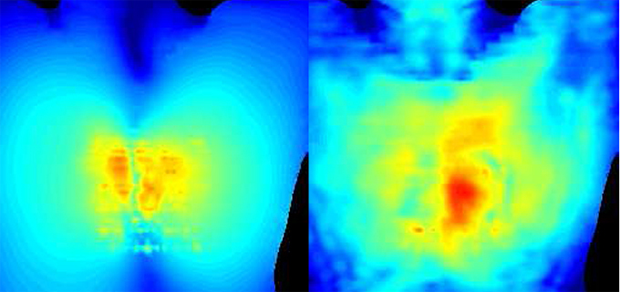The tiny pacemaker that beams power to your heart

A team of engineers from Stanford say it is possible to create a tiny pacemaker without batteries.
Discarding existing models for cardiac devices, the engineers have introduced a millimeter-sized, wirelessly powered device -- which could mean medical implants, such as pacemakers, could be powered wirelessly in the future.
The implant doesn't use batteries for power, which makes the size of the device a lot smaller than usual. Instead, charge is transmitted by external radio waves through wireless technology.
The findings are published in the journal Applied Physics Letters.
The researchers describe the implant -- contained in a cube that could fit on the head of a pin -- which was inserted five centimeters inside a chest on the surface of the heart.
Senior researcher Ada Poon says that this depth used to be considered outside of the reach of wireless transmission, but the project has shown that high-frequency wireless power transmission to an implanted device is possible:

The device uses both inductive and radiative transmission of power to function. A transmitter sends radio waves to a coil of wire inside the body, which produces enough charge to power tiny devices. However, it was assumed large wire coils were necessary to cope with substantial amounts of charge.
Revising previous models that assumed large coils were needed to wirelessly power devices, the team found that power can shoot through human tissue at up to 1.7 billion cycles per second at high frequencies-- far more than originally thought.
"In this high-frequency range, we can increase power transfer by about 10 times over earlier devices," said one engineer.
This means that the size of the implanted antenna which receives wireless power was shrunk by ten times, and the same current was transmitted. In context, one millimeter coil can generate over 50 microwatts of power at the team's optimum frequency, but a standard pacemaker only needed 8 microwatts.
However, the discovery does have its limits. Health standards established by the IEEE need to be met, and the implanted antennas could be affected by a small shift in alignment.
"This can’t happen with medical devices," said Poon. "As the human heart and body are in constant motion, solving this issue was critical to the success of our research."
Therefore, the team worked on a new antenna design would focus the radio waves inside the body where the device rests on the surface of the heart -- "increasing the electric field where it is most needed, but canceling it elsewhere".
The engineering team think that this research could lead not only to smaller medical implants, but also more precise, swallow-able ones. For cardiac devices, this could mean that wireless power would eventually eliminate the need for heavy batteries, and also eradicate the need to replace them with surgeries.
Image credit: John Ho, Stanford Engineering
This post was originally published on Smartplanet.com